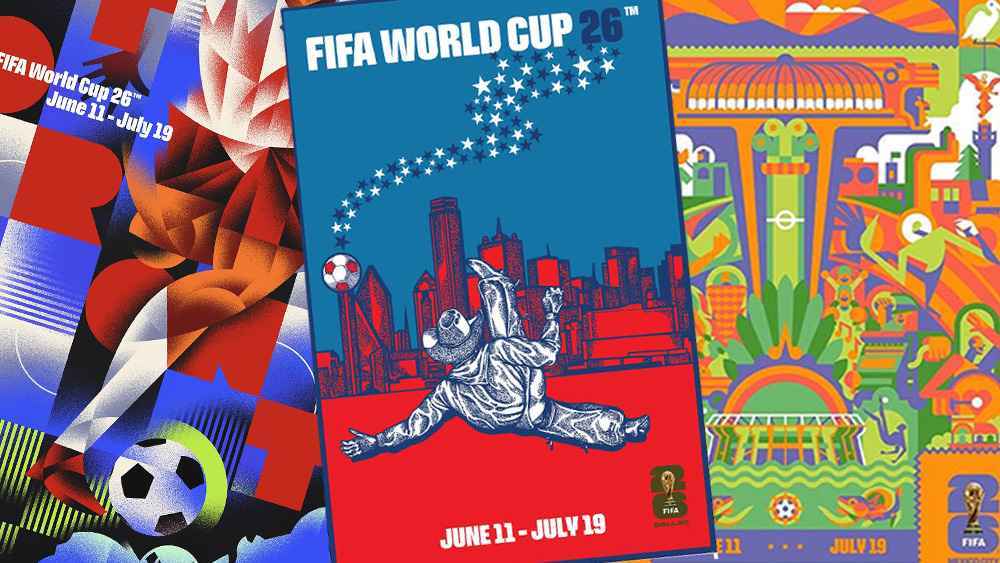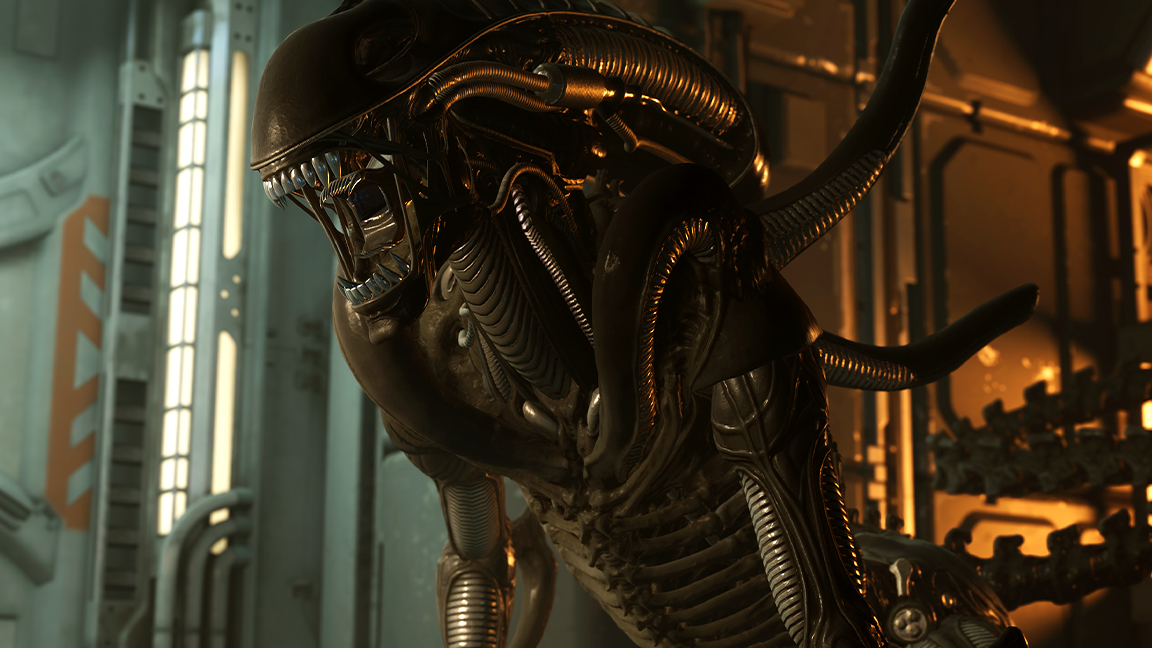

Publisher 20th Century Studios
Developer Survios
Release date 19 December
Platform Unreal Engine 5
Formats PSVR 2, Meta Quest 3, and Steam VR
Creating the world of Alien: Rogue Incursion, the upcoming VR shooter, has been something of a journey into design archeology for the game's art team. Set after Aliens and influenced by Alien, and developed alongside but separate from Alien: Romulus, the game has the same 'used future' art style - dirty, functional and worn - that grounds the movies, ahead of descending into the organic, primal complexity of the Xenomorph's habitat. (Below is the new Alien: Rogue Incursion story trailer.)
Tapping into the iconic design of the films' universe meant the game's artists had to reconnect with, and mentally place themselves in, the mindset of the 1970s designers who created the unique 22nd century future we see in the films. Which also had the random effect of creating a shockingly realistic Xenomorph, but I'll get onto that later.
Alien: Rogue Incursion story trailer reveal
"As an artist, you have to transport yourself back to 1979 so that you can transport yourself to 2150," says studio art director Tate Mosesian. He reflects on what concept artists and futurologists thought the year 2150 could be like from a place in the 1970s, with artists such as Syd Mead, Ron Cobb and Moebius crafting the original world of Alien and Aliens alongside creature artist HR Giger. "So it is a weird space to be in where you've got to go back to understand what the projected future would be," adds Tate.
As an artist, you are have to transport yourself back to 1979 so that you can transport yourself to 2150
Tate Mosesian, studio art director, Survios
But, says Tate, design is consistent: "Foundational rules apply through the ages. Because we're human beings, we respond to things in somewhat predictable ways; colour, light, shape, rhythm, all of those things contribute to making someone feel something."
By focusing on the design of Alien and sequel Aliens for the game's world, Tate believes this "created quite a nice box to work within" and enabled the team to "shed a lot of the blue sky" thinking and fantastical ideas and concentrate on digging into that period, "not only the time the films were made, but the time in which those films took place," he says.
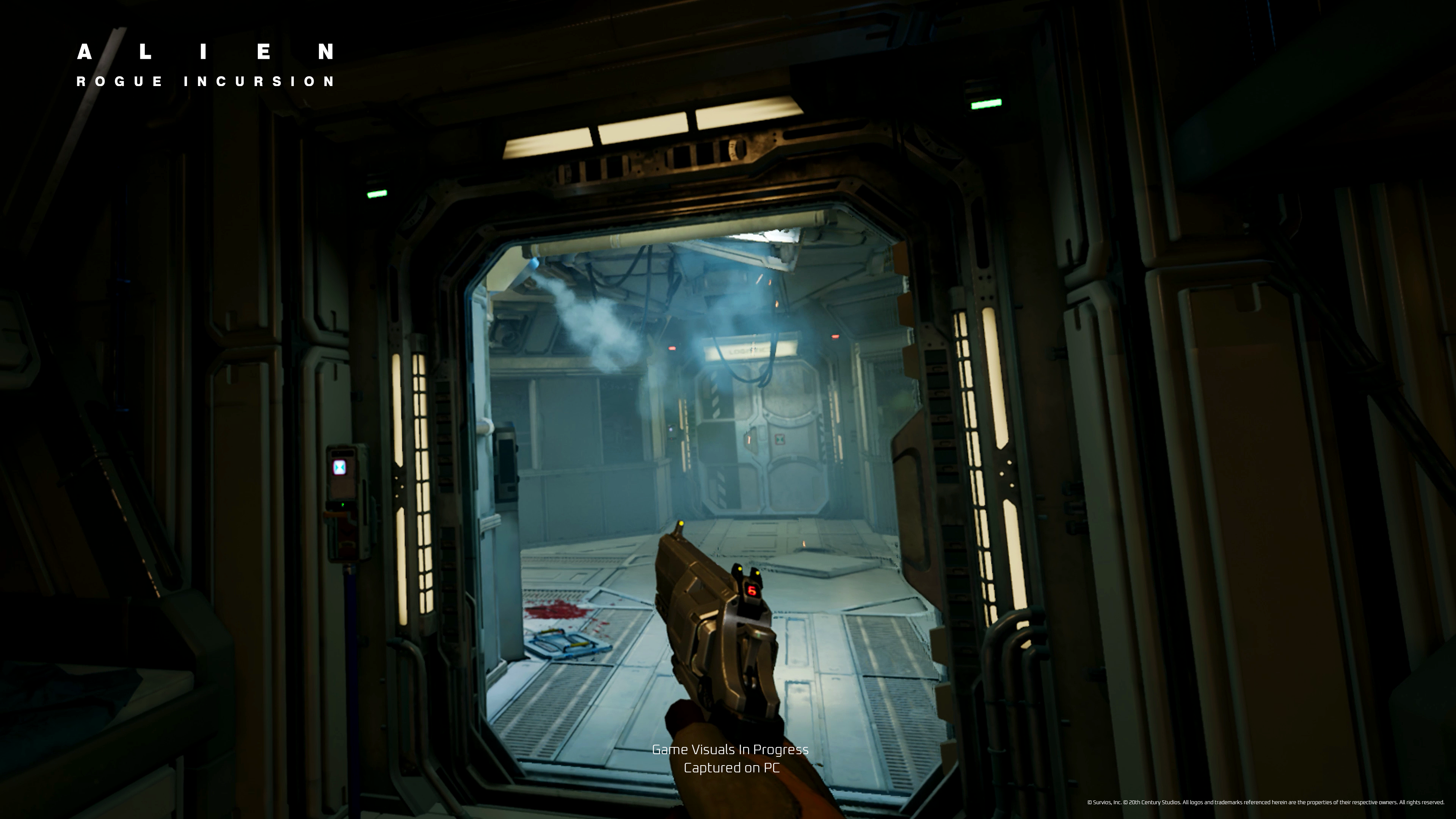
The team's focus on authenticity means Alien: Rogue Incursion shares a lot of stylisation with the films, and Tate is pleased with how the world design has been achieved, and how close it comes to capturing the feel as well as the look of the films. The game is set on a research facility on the remote planet of Purdan, which features the same low ceilings and clutter that made the movies' sets feel claustrophobic and believable; there are coffee machines, clipboards, keyboards and wastepaper bins - all the staples of a lived in, corporate environment.
"So it was [a matter of] trying to create a balance of things that felt familiar and sort of connected people to the future in that way that helped it become more relatable," says Tate, who adds that the Gemini Exoplanet Solutions logo can be found on the world's bits and bobs, again creating a consistent world.
Get the Creative Bloq Newsletter
Daily design news, reviews, how-tos and more, as picked by the editors.
In fact, Tate explains how the corporate logo informs the shape language of Alien: Rogue Incursion's world design, or at least, this research facility. The imagined corporate manifesto defined the logo and that in turn inferred the world design. "There is a methodology and a concept behind the logo, and that drove a lot of the concept art that came after," shares Tate.
He explains: "One of the things I did was to essentially create a brochure that was going to act as our shape language. So we had the art bible where we were pulling our high level aesthetic from, and then our shape language documentation really drilled down into specifics of shape, how shape relates to other shapes, and taking those art pillars and applying it there."
Building the world of Alien: Rogue Incursion
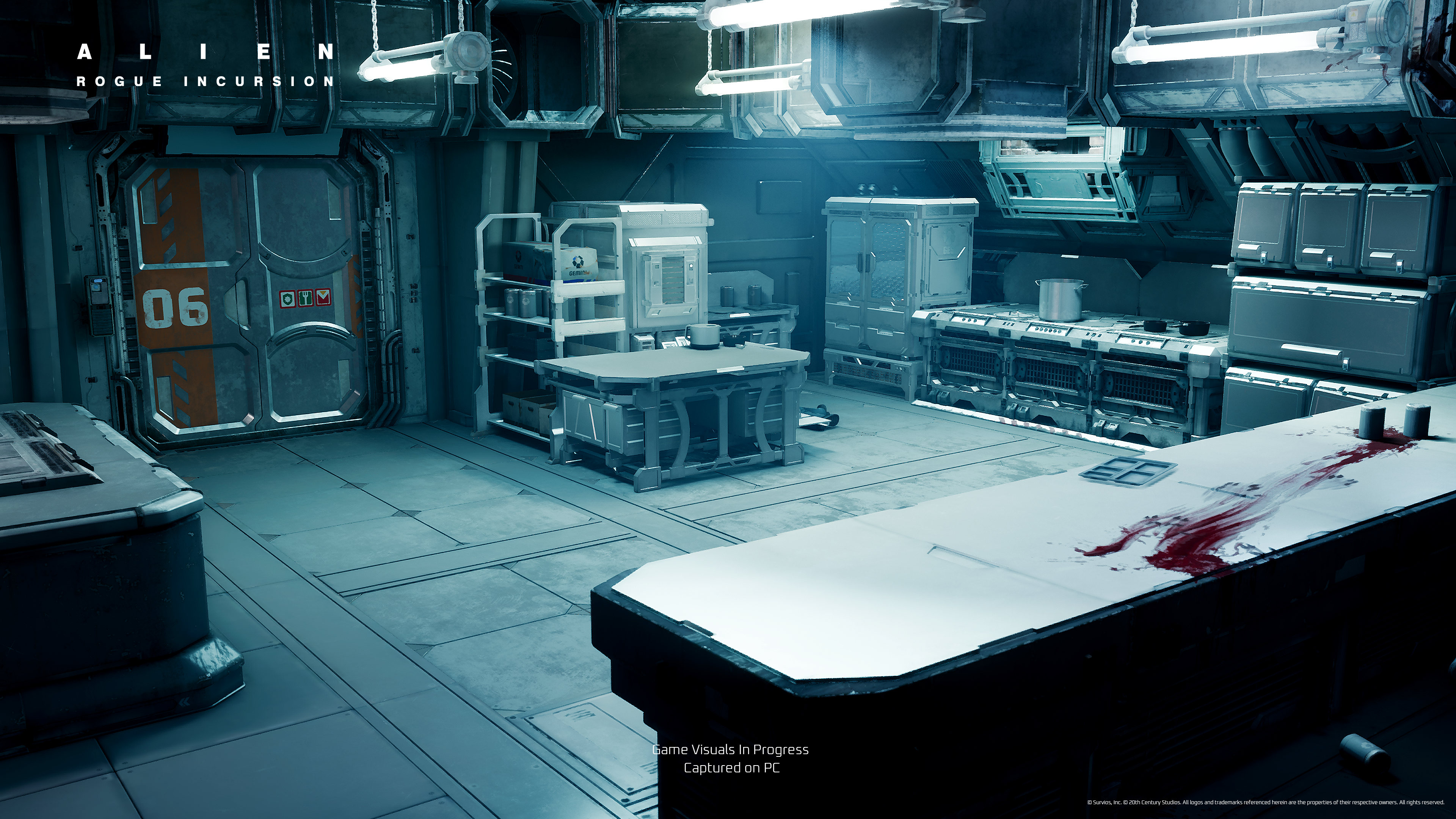
Defining the Alien: Rogue Incursion world through corporate branding and 1970s visions of the future creates a uniquely compelling VR world to experience, one that delivers the uncomfortable feeling of being isolated in a small space surrounded by creatures hunting you, but also one that feels physical and tactile.
While the game puts you in the boots of Zula Hendricks, an ex-Colonial Marine with nerves of steel, she remains one human against the Xenomorph odds. The more Tate and his team could make the game a physical space, the greater that sense of immersion and isolation can feel, and the odds get more serious.
In VR, if you can't pick it up and look at it, then you've failed.
Tate Mosesian, studio art director, Survios
The physicality of playing in a virtual space is something Tate says the Alien franchise is perfectly suited to. He notes how as they picked apart the design aesthetic from the first two films, he laughs and remembers how there are no mice attached to keyboards in the films, everything is touch, pull and push.
"In a futuristic world where all you have to do is press buttons on a tablet, it's not so interesting. It's not so fun to play," reflects Tate who then explains everything in Alien: Rogue Incursion is tactile and designed to be picked up and handled (he laughs and thanks Valve and Half-Life: Alyx for this extra workload).
"If you've got to get a door open and the door is locked, or you need access, you have to go somewhere or find within the area the means to get that door open. And it might be a crank or a lever, it might send you on a mission where you've got to interface with a computer to open a hard drive. So everything has a tactile quality to it." Tate then offers an insight every dev needs to hear: "In VR, if you can't pick it up and look at it, then you've failed."
Alien: Rogue Incursion's VR toolbox
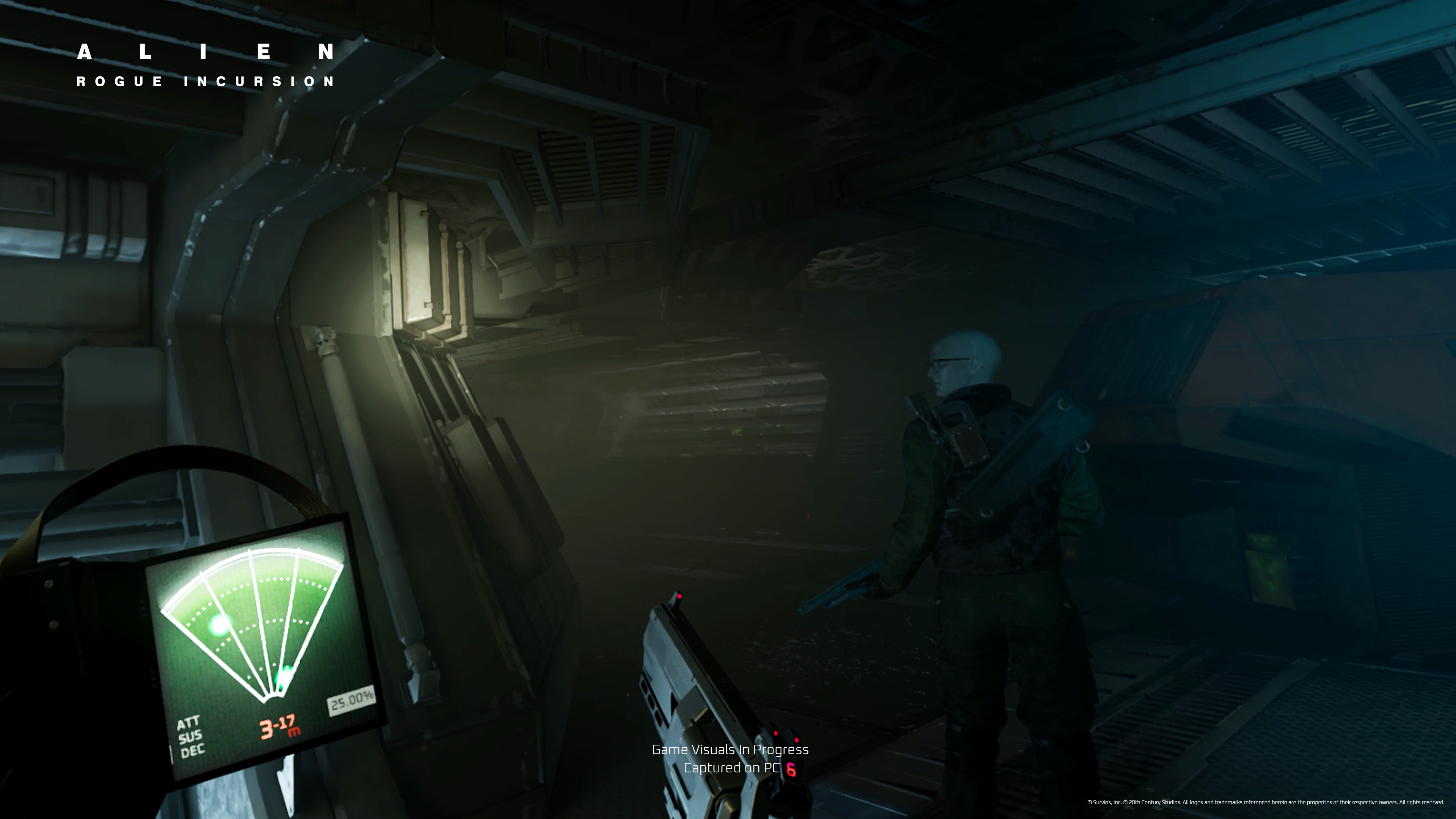
For a horror game like Alien: Rogue Incursion this physicality and sense of place is both a blessing, as it can build tension, and a curse, because the developer needs to ensure the player is doing what they should be doing, facing the right direction so the scares can land.
In many ways, reveals Tate, developing a VR game is akin to filmmaking, with similar approaches to set dressing, shot blocking and pacing, which linear game developers make use of, but in VR "there are so many distractions", all of those things to pick up, and nooks and crannies to explore.
"Because exploring is so much a part of VR, it's got one foot in filmmaking and another foot in game making, and we're trying to strike that balance where it's not a slave to either one," reflects Tate. "And [VR gaming] can become its own thing, because here we have this platform that is literally limited now entirely by a developer's imagination."
He adds: "You could say that about games previously, but you were still limited by the frame. And now you're not, so that opens up a world of almost infinite possibilities, and you have to apply limitations in order to create anything."
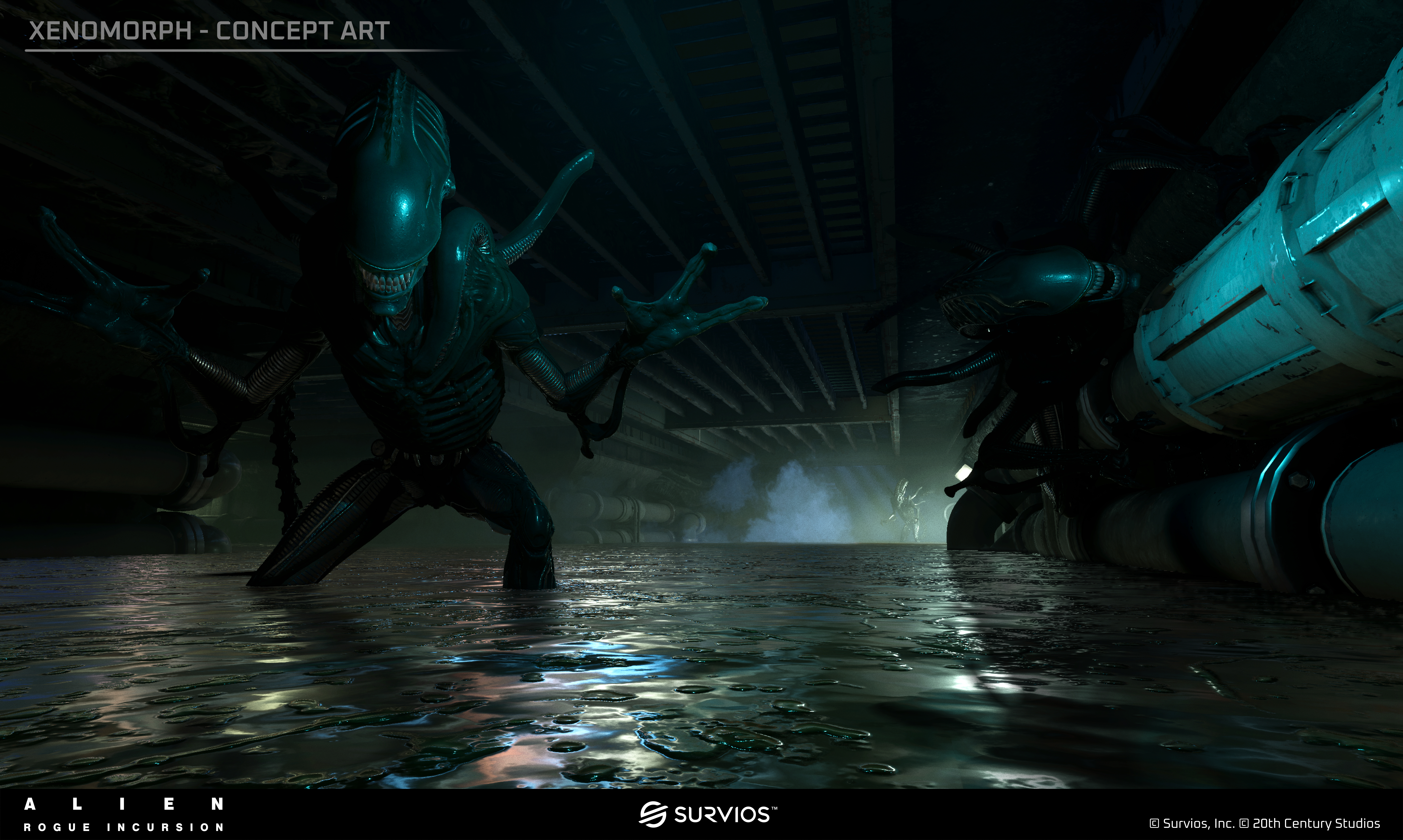
Alien: Rogue Incursion is a single-player narrative game, in VR. This, along with the horror nature of the Alien franchise, has meant developer Survios has needed to make use of all the tools in the box to ensure players explore, but in a directed way. So what tools can artists use to control player agency in a VR game?
"From the art perspective, lighting and trying to create areas of contrast that draw the player's movement," says Tate, who outlines how lighting and "miasma" - steam, smoke and fog - can direct the gaze of the player and elicit emotions, which can even be used to "subvert the player" responses.
Making use of the tech in Unreal Engine 5, Tate explains how using smoke and gases to hide the player's view and be scary, while well-lit, clean environments can be calming and feel safe. "And that's the exact time you really want to drop some shit on someone, right?" laughs Tate. "Not all the time, but those rare few times where you draw the player in and then give them a zap is fun to see."
The game draws influence from James Cameron's Aliens, presenting hordes of Xenomorphs to shoot and escape from, as well as curated scares. The game shares some commonalities with the much-loved Alien Isolation when it comes to its creature AI, as Alien: Rogue Incursion's Xenomorphs will act and react in realistic ways, creating often terrifying confrontations.
Designing Alien: Rogue Incursion's Xenomorph

Tate says the way the Xenomorphs move around the game's environments and the strange, alien way they attack came about by a "happy accident" due to the way the art team had designed the environments, the process paying homage to that 1970s aesthetic.
He explains how the game's environments are "porous spaces" designed and built from layers of technology, mechanical cavities and panelling, inspired by the atmosphere processing station from Aliens. Tate says from the outside it's panelled off and feels safe, like a tower PC hiding the components, and "then when you pull the supporting structure away you're left with something that feels very dangerous, very chaotic, and feeds that anxiety".
Tate's team used this layered concept to ramp the complexity up and down in an environment's detail and design, to ease or heighten player anxiety. And then the engineering and design team's Xenomorphs were dropped into this world, and strange things happened.
"[These environments] created quite an interesting dynamic of Xenomorphs coming in and out of a space […] whether it's through walls or vents, these porous areas […] you see them coming at you," says Tate, explaining: "So the desire, from an aesthetic standpoint, to create porous environments in alignment with the original films, and engineering and design's desire to not just get Xenomorphs coming at us in waves, on the ground, but from all angles, created a gameplay that no one necessarily anticipated."
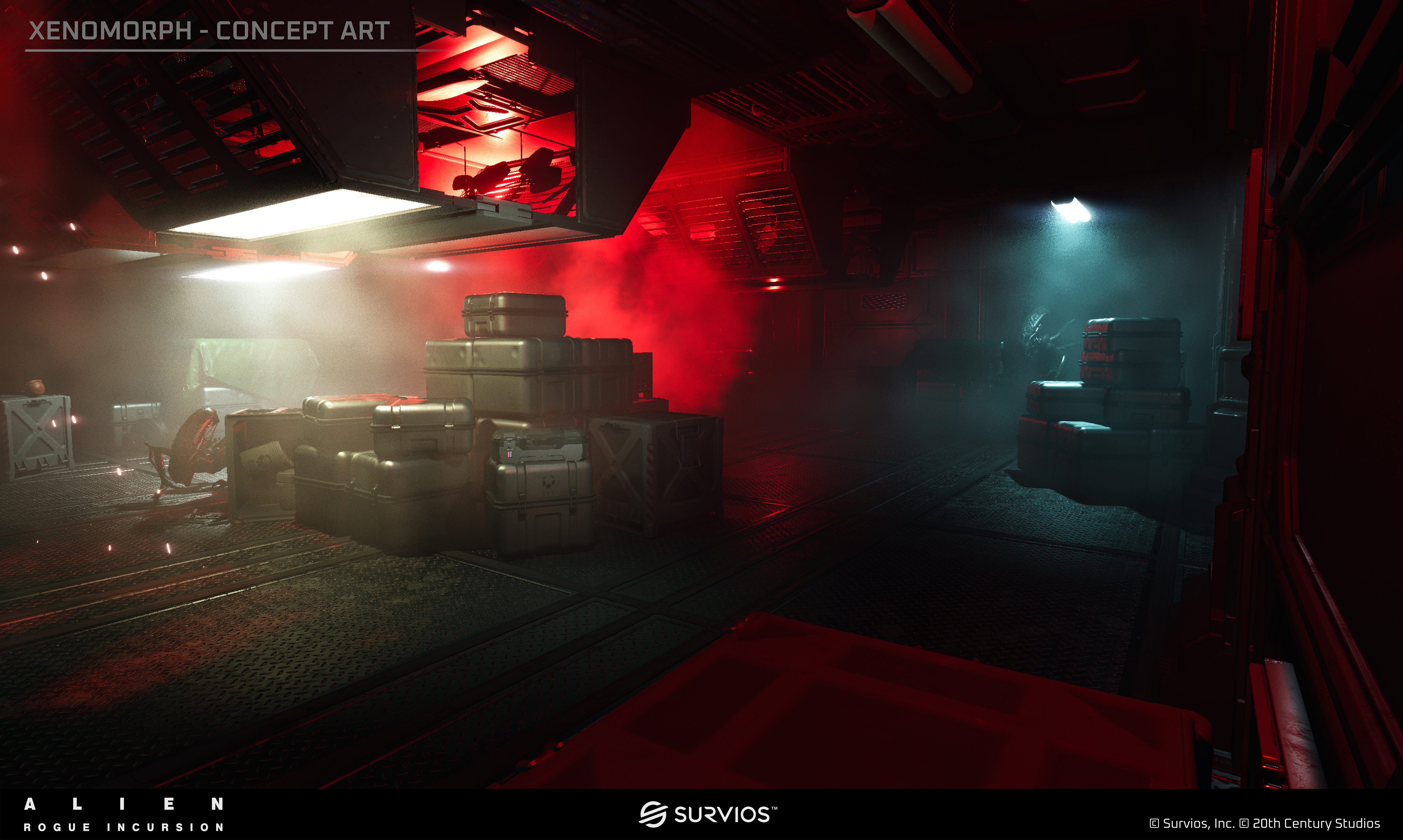
When those Xenomorphs move, it's truly terrifying. Not only because they can come from anywhere, and you can hear them all around you inside your VR headset, but because Tate's team has also drawn influence from all the Alien movies to create a creature that moves like a nightmare predator. The creatures have "cat-like" and "deliberate" movements that will then "explode when they decide to make their move," reveals Tate.
The art team were supplied with reference material by Disney - "gigabytes on gigabytes of set footage and practical props" - for all the Xenomorphs and the concept team got to work figuring out how their creature would look and move while remaining cannon to the franchise. The monster's legs and feet are slightly elongated and slimmer like, says Tate, the T-Rex and Velociraptor. He says this is in alignment with later films, like Alien Resurrection - love it or hate it, it's the film we first get to see classic Xenomorphs freely move… and swim.
Reflecting on the iconic creature design by HR Giger, Tate says, "the Xenomorph is actually aesthetically beautiful […] it's built off of human anatomy that's something we're familiar with, and then it's adorned with mechanical and biological details. It has a shape and form that is aesthetically beautiful. It's not like the alien from The Thing, where it's just repulsive. It's its size, the way that it moves, all of these things are terrifying, but also beautiful. So it creates that kind of push pull that I think people are sort of fascinated with."
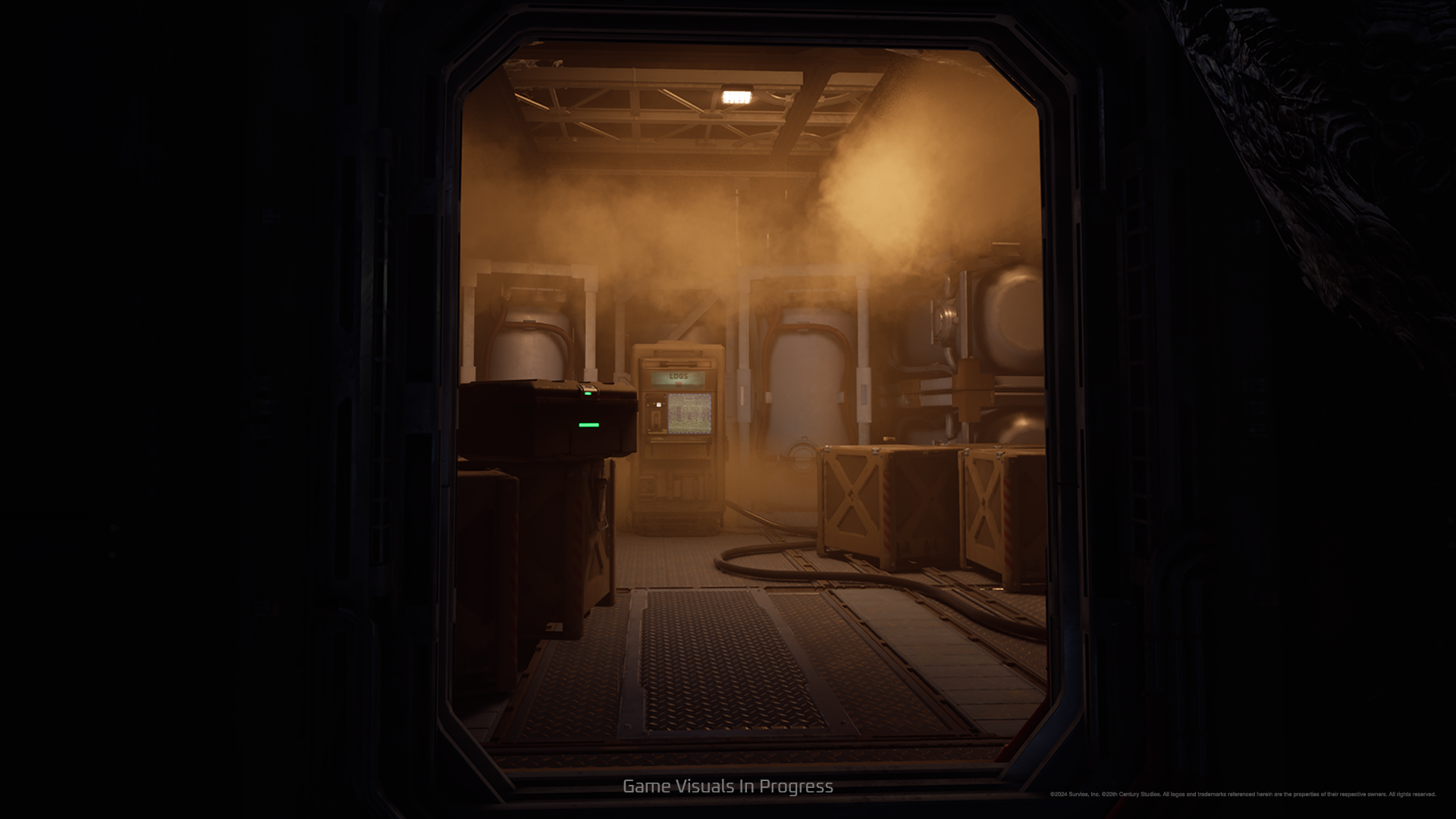
Bringing it all together, the environment design, the direction, the constant push and pull of calming and anxious spaces, from dark and narrow corridors to open bright spaces, and knowing the Xenomorphs are scurrying somewhere, behind the facade of a safe space, hidden in the walls, Alien: Rogue Incursion has all the ingredients needed to shock.
And it's physical and tactile, the weapons and gadgets will be familiar to fans of the Aliens film, as the pulse rifle and shotgun make an appearance, "you can one-hand pump the gun," says Tate with glee, highlighting the immersion offered by VR. Each gun has a unique, physical method of reloading and the game has no automated reloads to build tension. Adding to which, is the motion scanner, teasing where the threat is coming from, but in Tate's layered environment design, it could be anywhere.
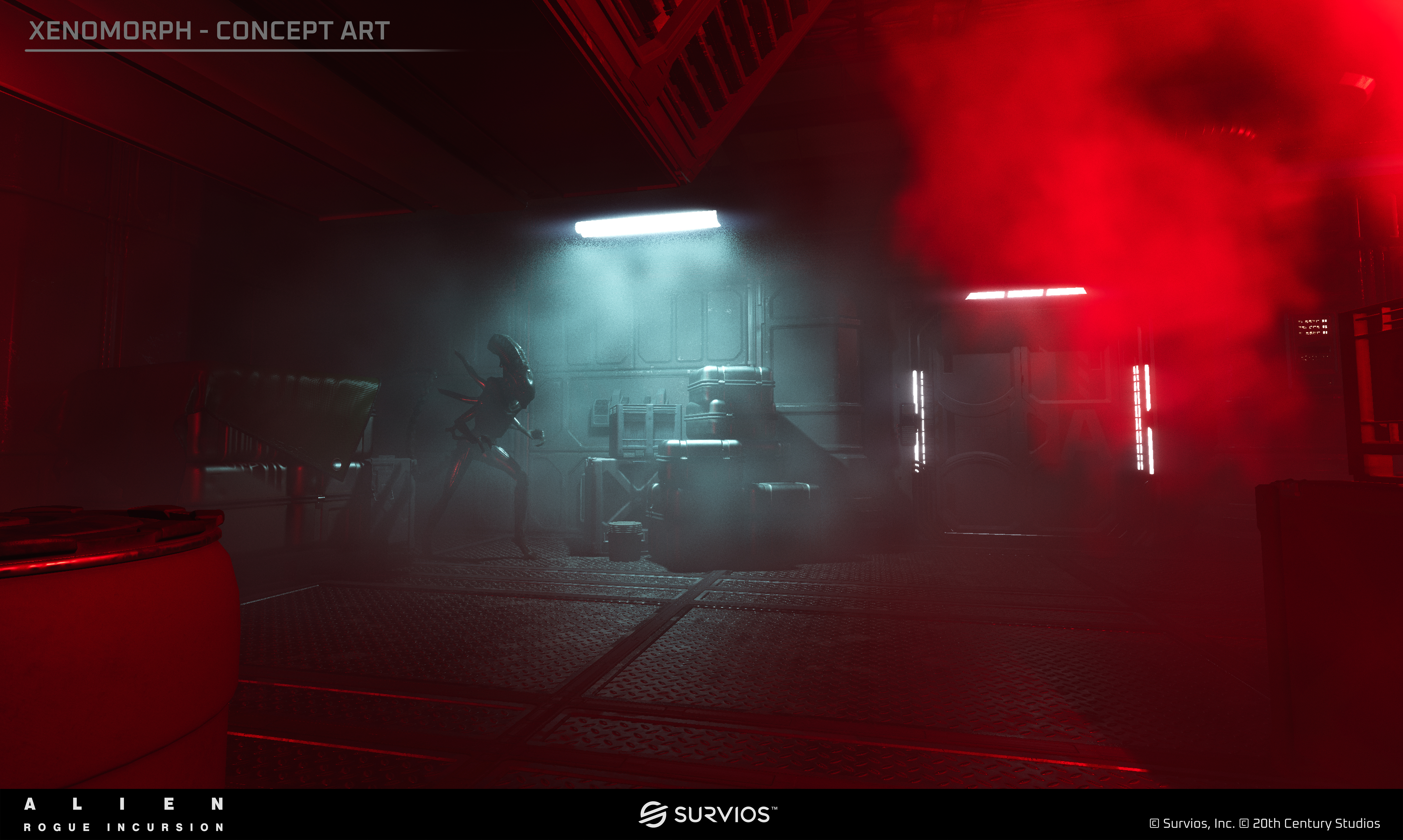
As our conversation draws to an end, I ask Tate if there's one aspect of the game he's most proud of? He offers a cryptic answer: "I'm afraid I might be giving away something I'm not supposed to be giving away, but it is an iconic environment from the film that everyone will be familiar with."
I draw him out, he's still not revealing what it is, but given a the source material and the franchise generally, I have my own thoughts. But what's more interesting is not the what but the how of this environment, and why being in VR makes it special.
"We have some things that we're doing that because they're in VR, they are just perceived differently. VR brings a context that changes some of the things that you might think are familiar into something that is unique and new," teases Tate.
Now, imagine a famous setting from either Alien or Aliens, and now put yourself in that space, you're small and lost against its size, it’s alien, and I think I'm there. Are you? We'll just need to wait until the game releases to see for sure.
Alien: Rogue Incursion will be released on the best VR headsets, including PSVR 2, PC VR, and Quest 3 and Quest 3S. Visit the Alien: Rogue Incursion website for more details.

Thank you for reading 5 articles this month* Join now for unlimited access
Enjoy your first month for just £1 / $1 / €1
*Read 5 free articles per month without a subscription

Join now for unlimited access
Try first month for just £1 / $1 / €1

Ian Dean is Editor, Digital Arts & 3D at Creative Bloq, and the former editor of many leading magazines. These titles included ImagineFX, 3D World and video game titles Play and Official PlayStation Magazine. Ian launched Xbox magazine X360 and edited PlayStation World. For Creative Bloq, Ian combines his experiences to bring the latest news on digital art, VFX and video games and tech, and in his spare time he doodles in Procreate, ArtRage, and Rebelle while finding time to play Xbox and PS5.
